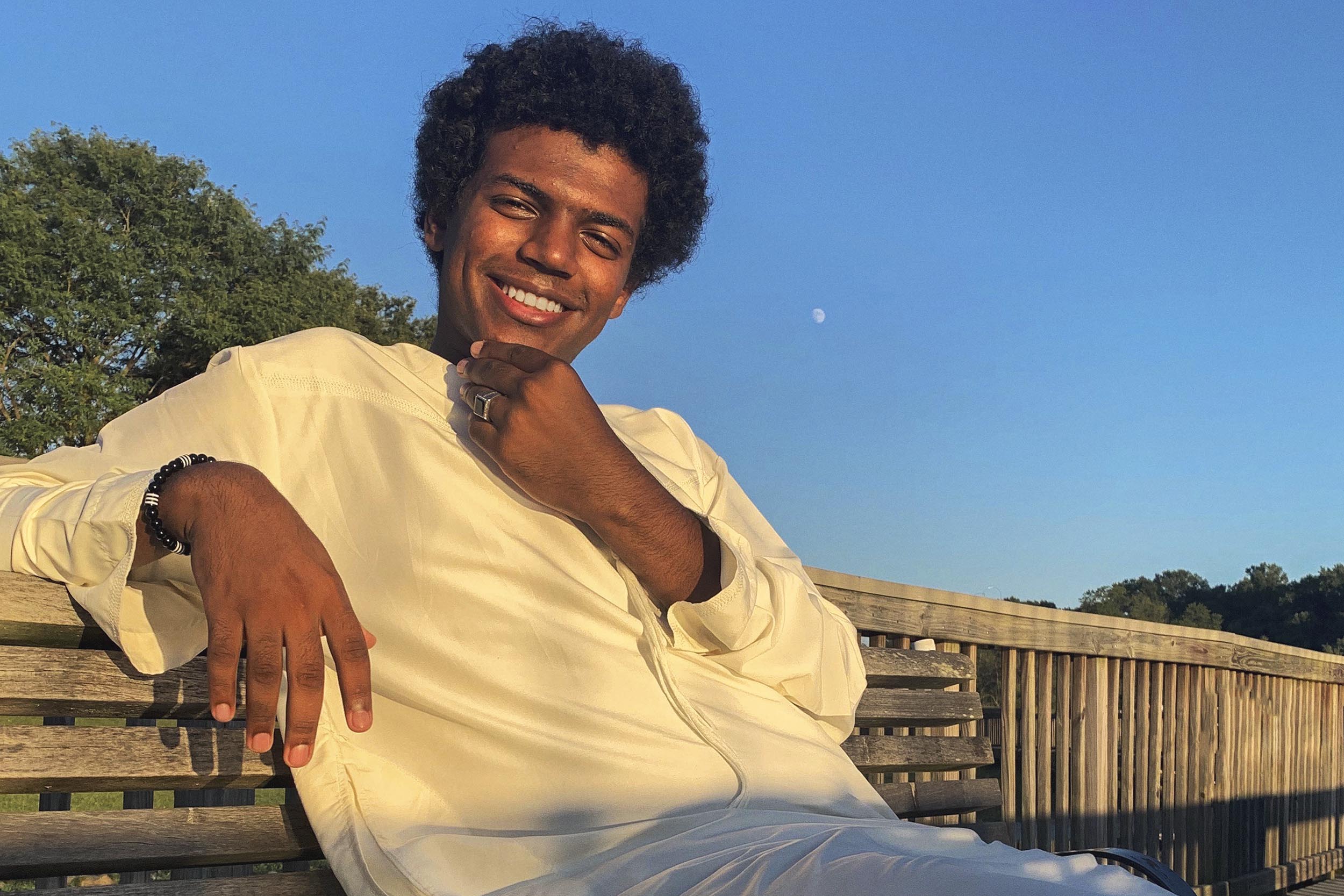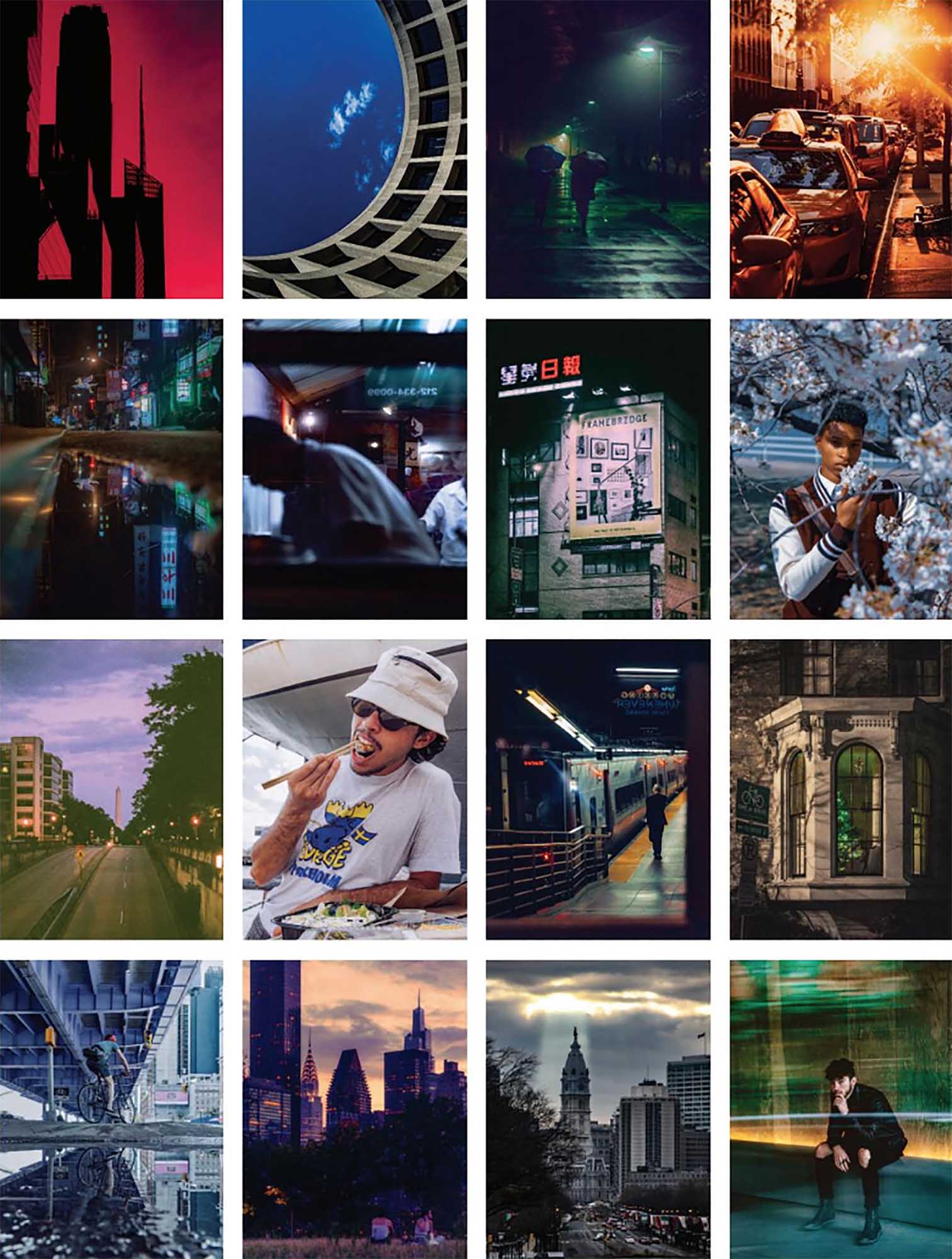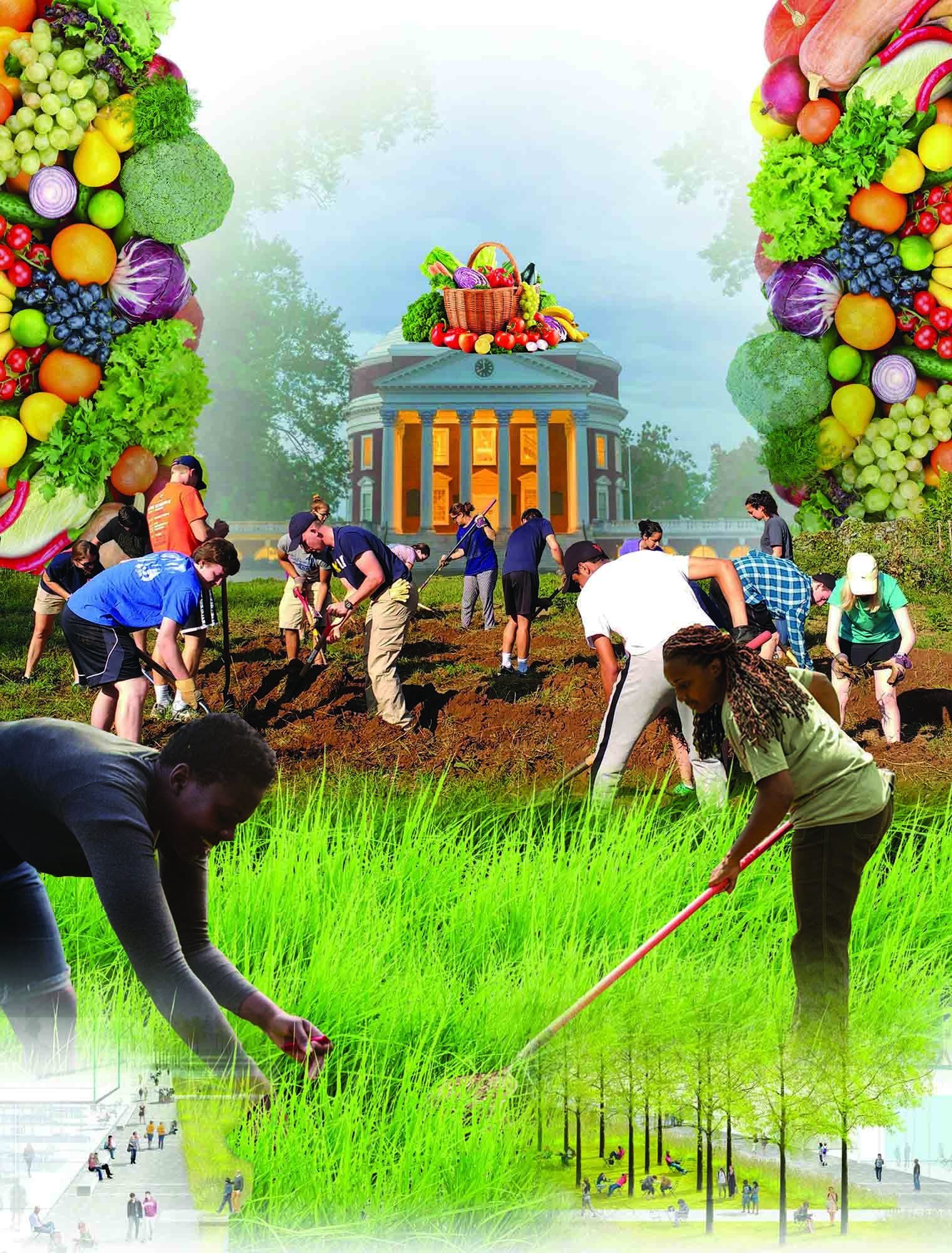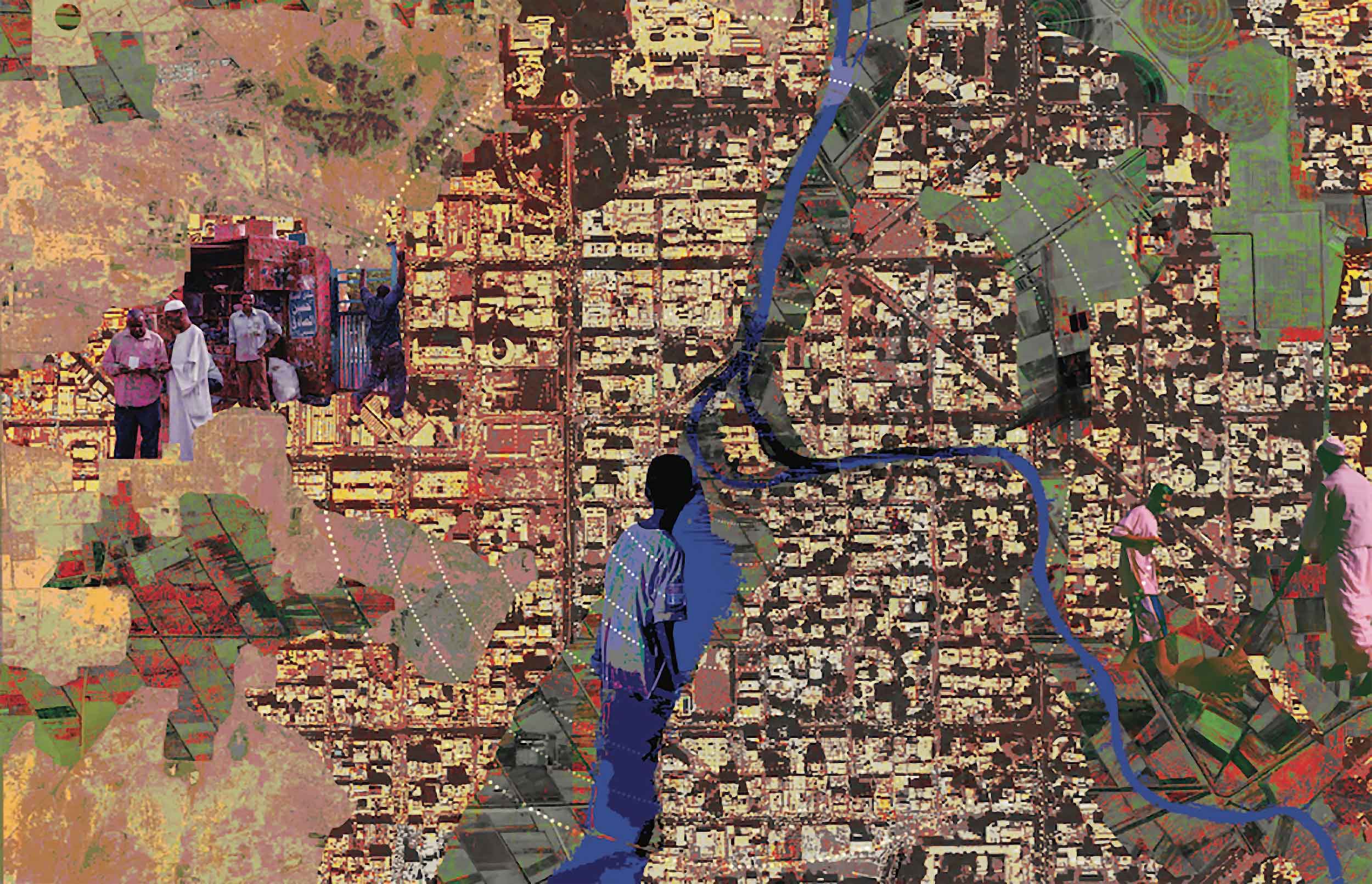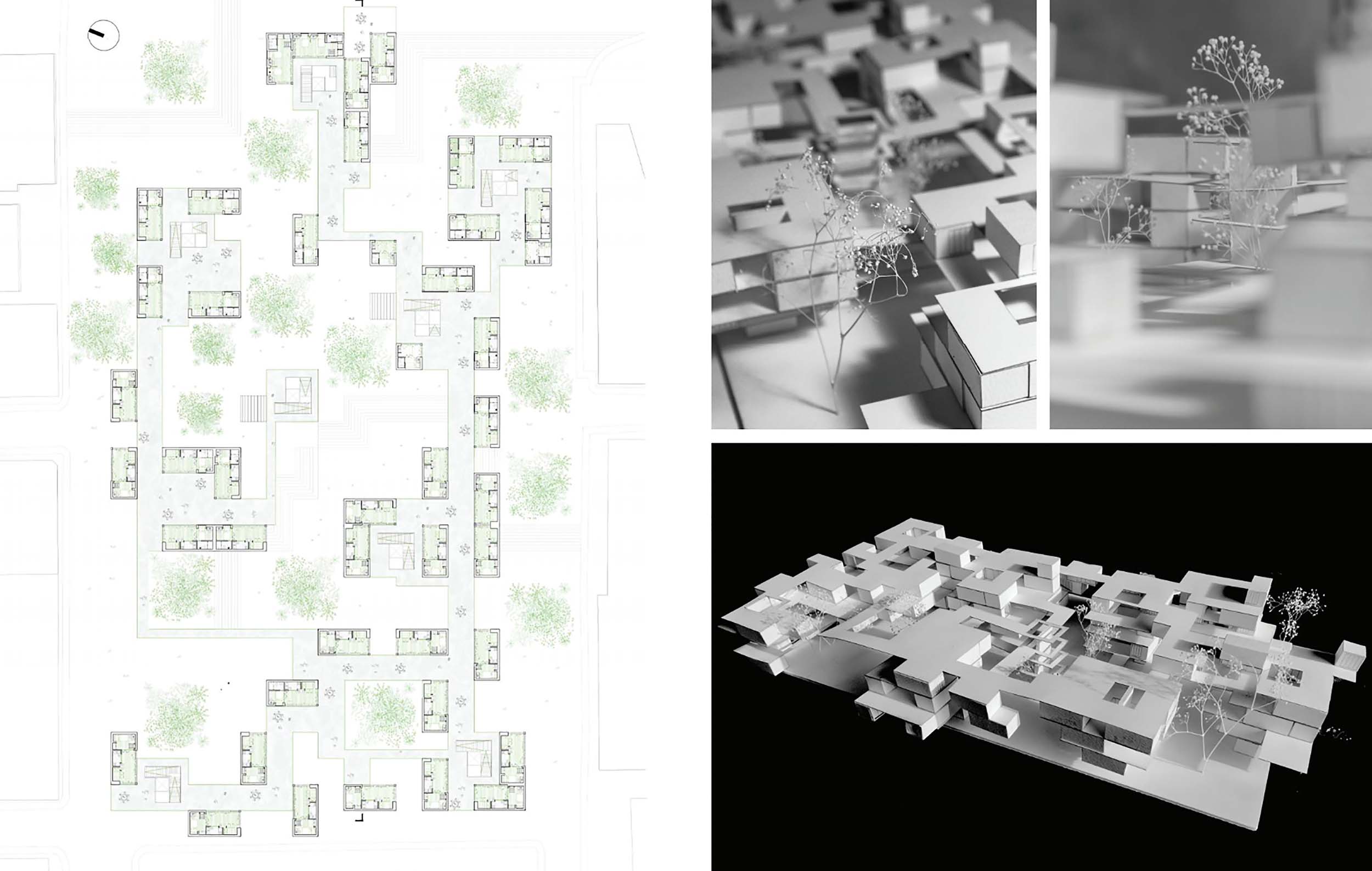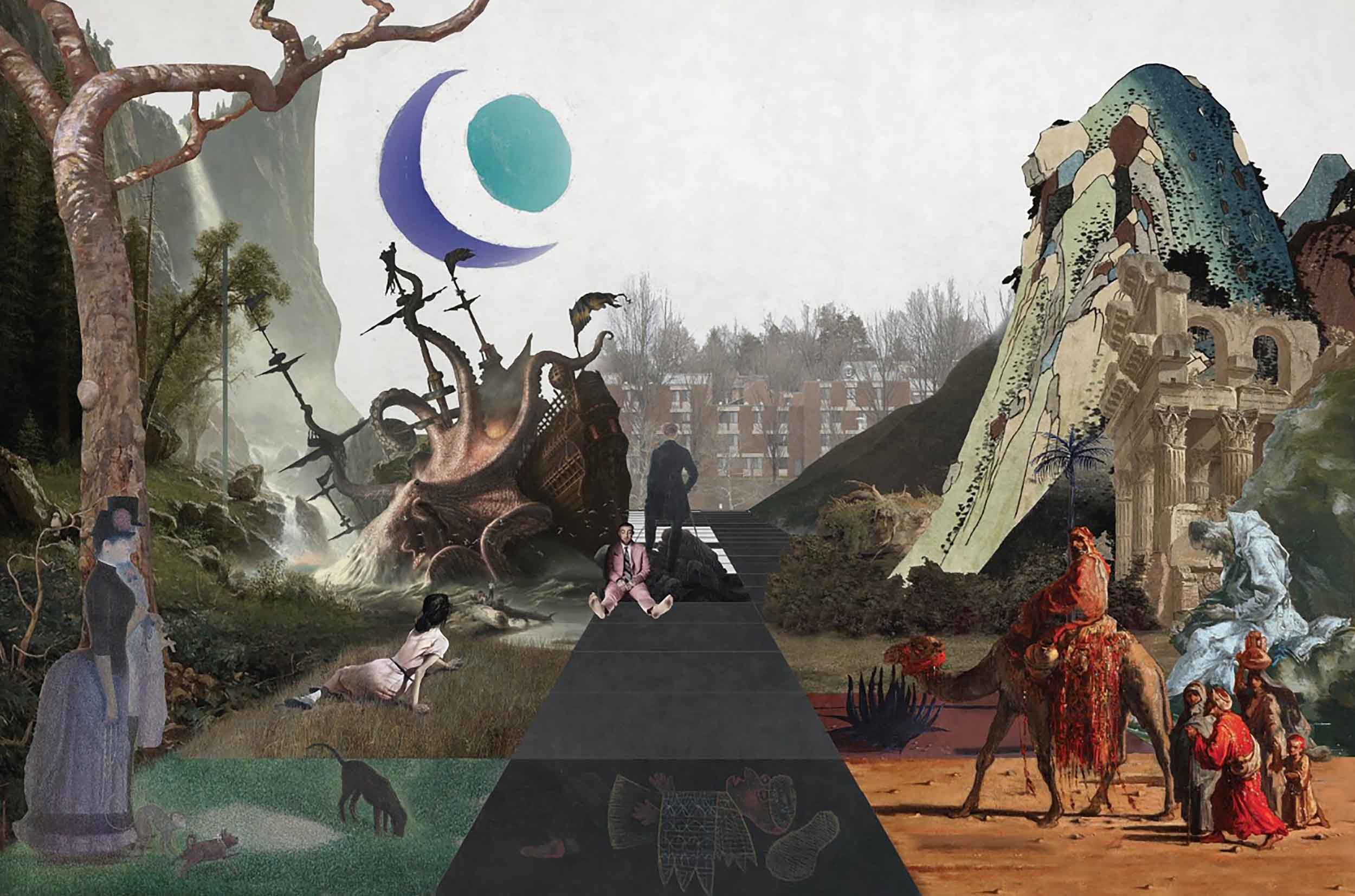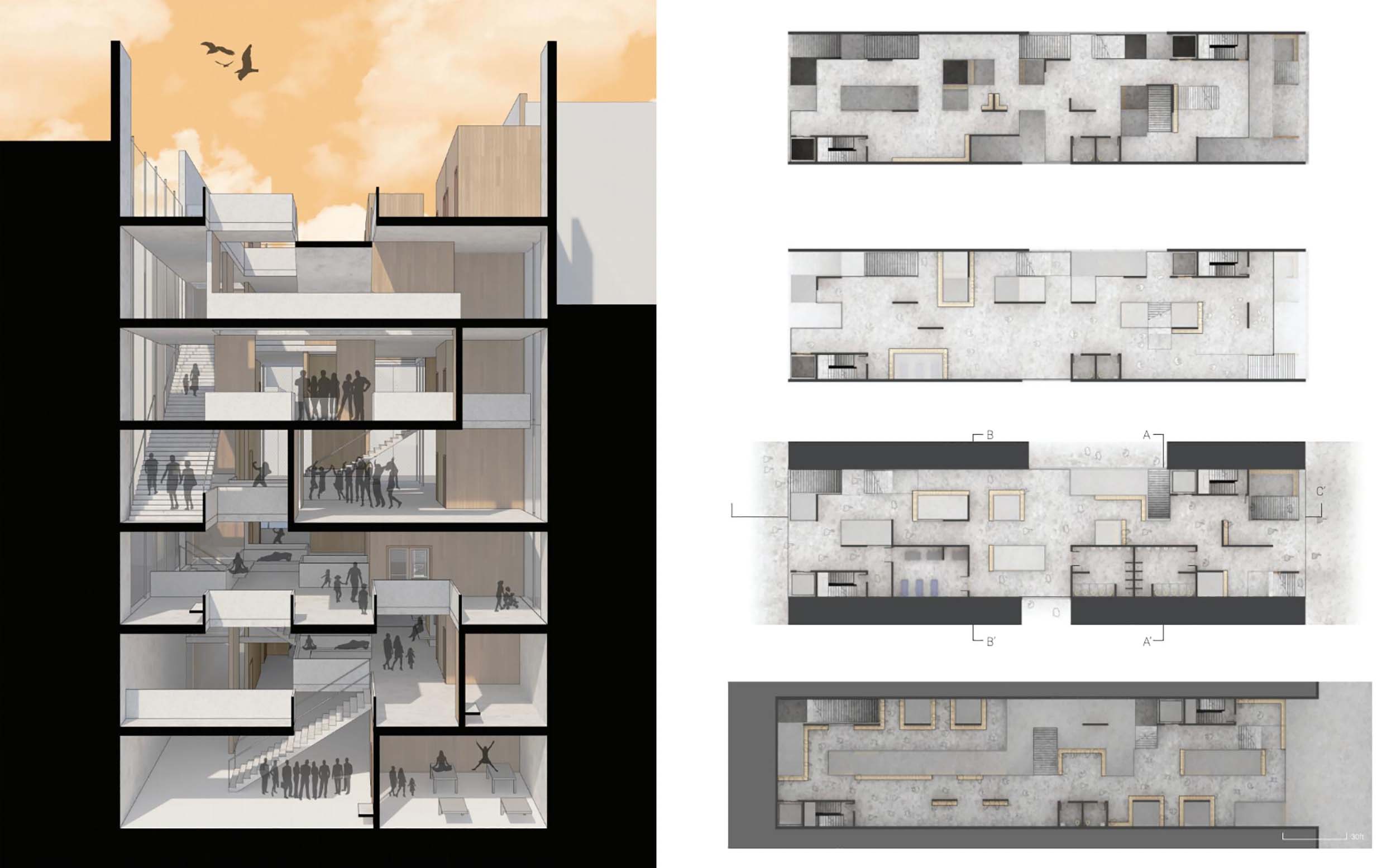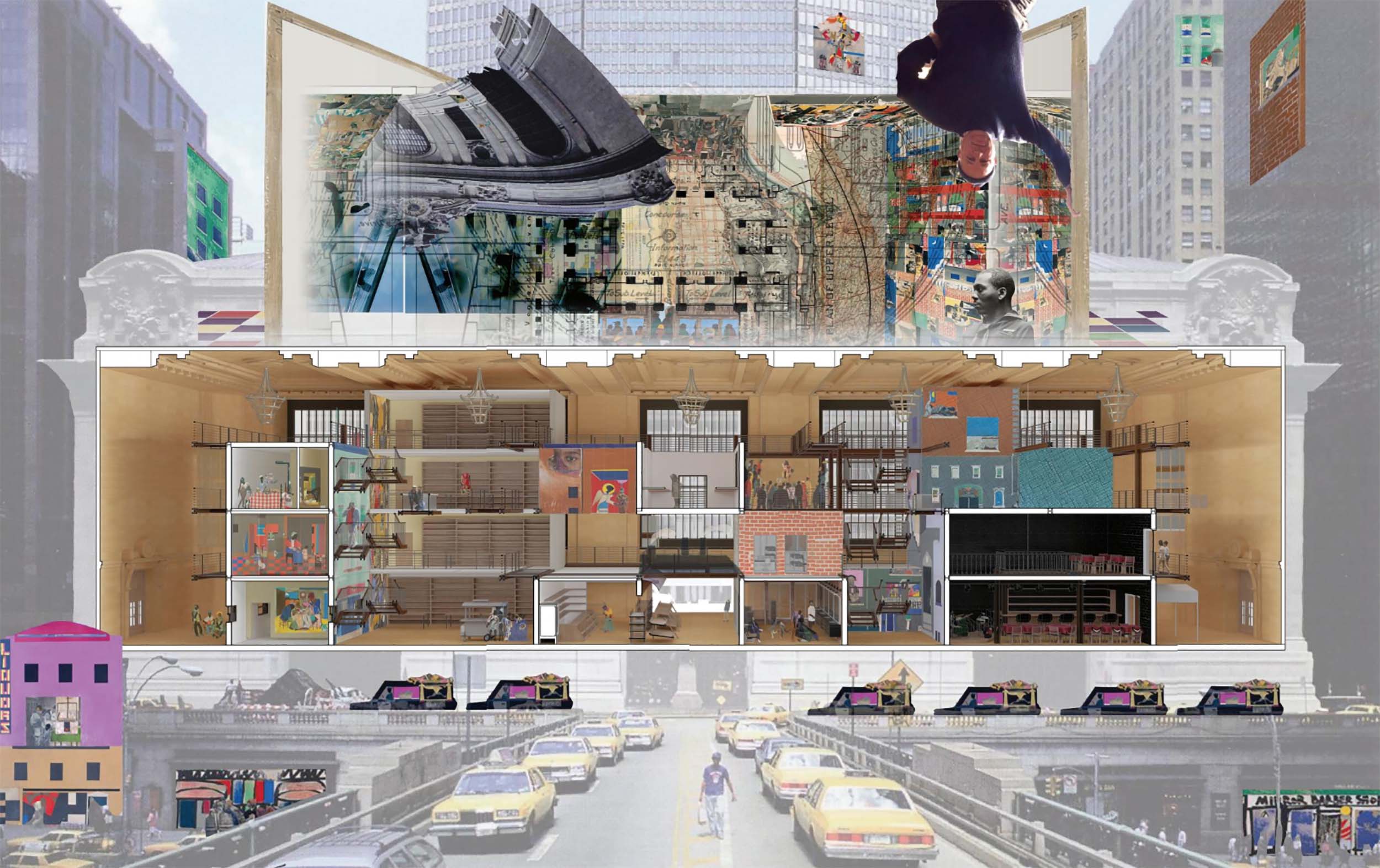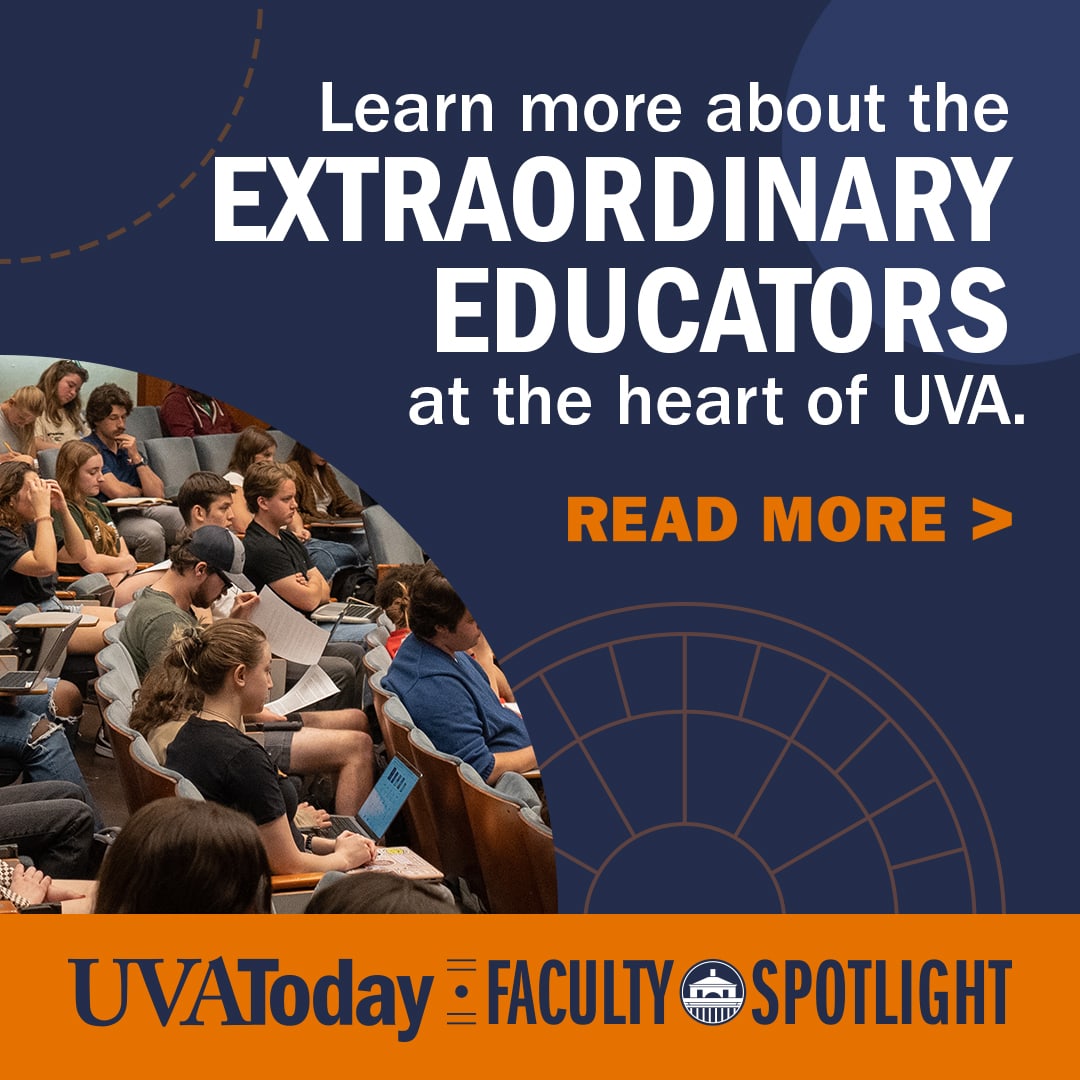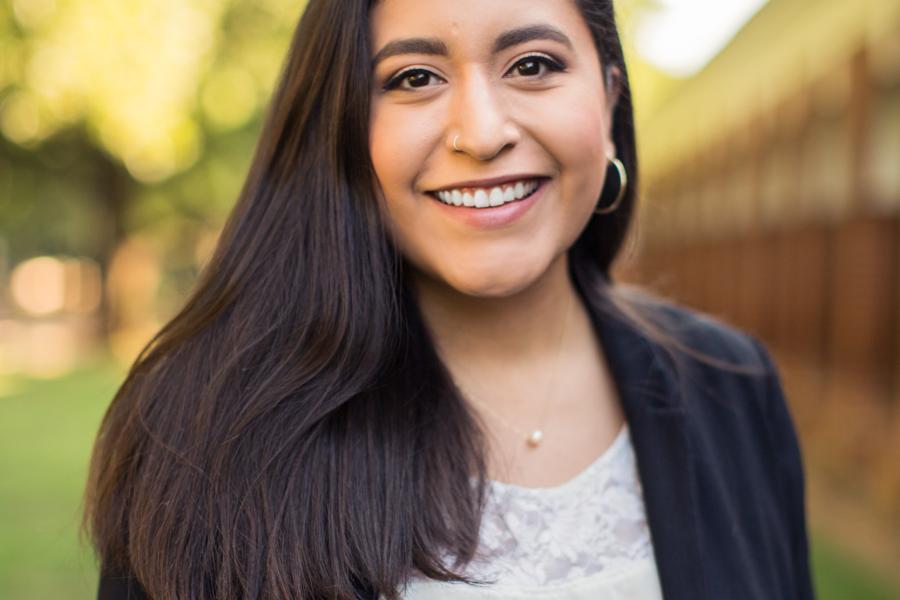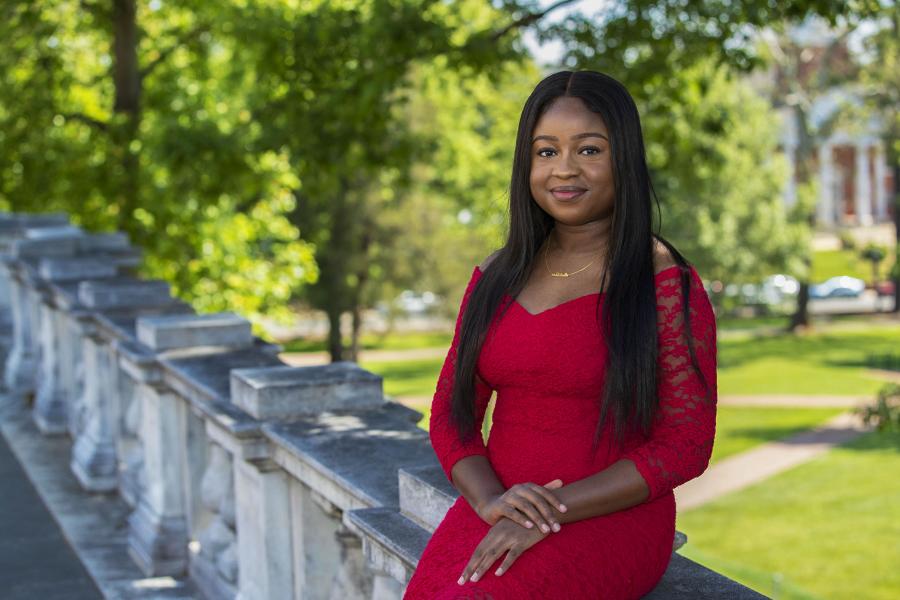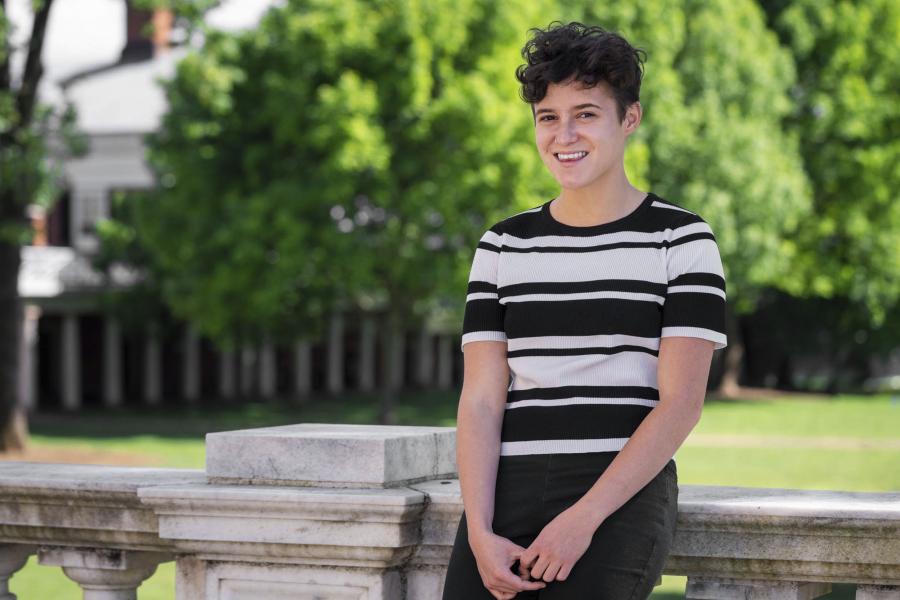Omer Gorashi grew up in Northern Virginia amongst a tight-knit immigrant community of African, Arab and Muslim Americans. Originally from Khartoum, the capital city of Sudan, Gorashi – who will graduate Friday with a Bachelor of Science in Architecture degree from the University of Virginia – examines the world around him through his passion for social justice and global affairs.
As a first-generation immigrant who is also an American citizen, Gorashi describes himself as someone who has a “middle voice.” His place in the world “enables me to bring people who have opposing opinions … together,” he said.
Gorashi said he was interested in architecture from a young age, and he attended Northern Virginia Community College for pre-architecture studies, where he began researching housing for refugees. At UVA, his design work expanded to explore how interventions within a built environment can improve the human condition broadly, strengthening social and cultural bonds within communities and the everyday lives of individuals physiologically, mentally and emotionally. An avid photographer, his work focuses on moving, yet ephemeral experiences within everyday urban life.
Gorashi’s photography project, “Paper Monuments: Charlottesville,” based on a 2017 public art project in New Orleans, aims to “empower and honor communities, namely those that have been erased within American history,” he said. Led by assistant professor of architecture Elgin Cleckley and associate professor Barbara Brown Wilson, the project team researched intersections of race, culture and architecture on Grounds and in the City of Charlottesville through public engagement.
